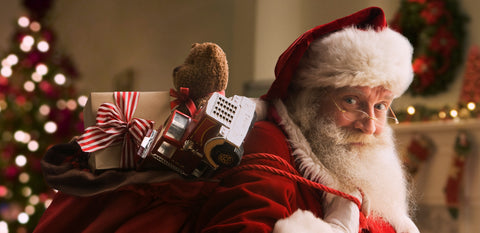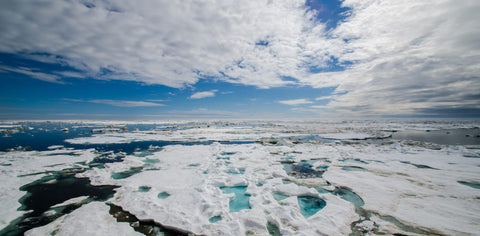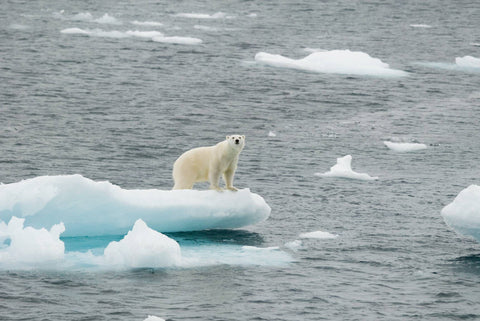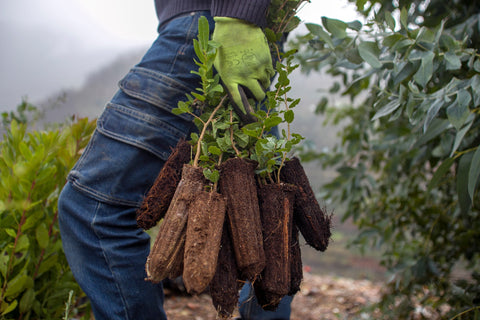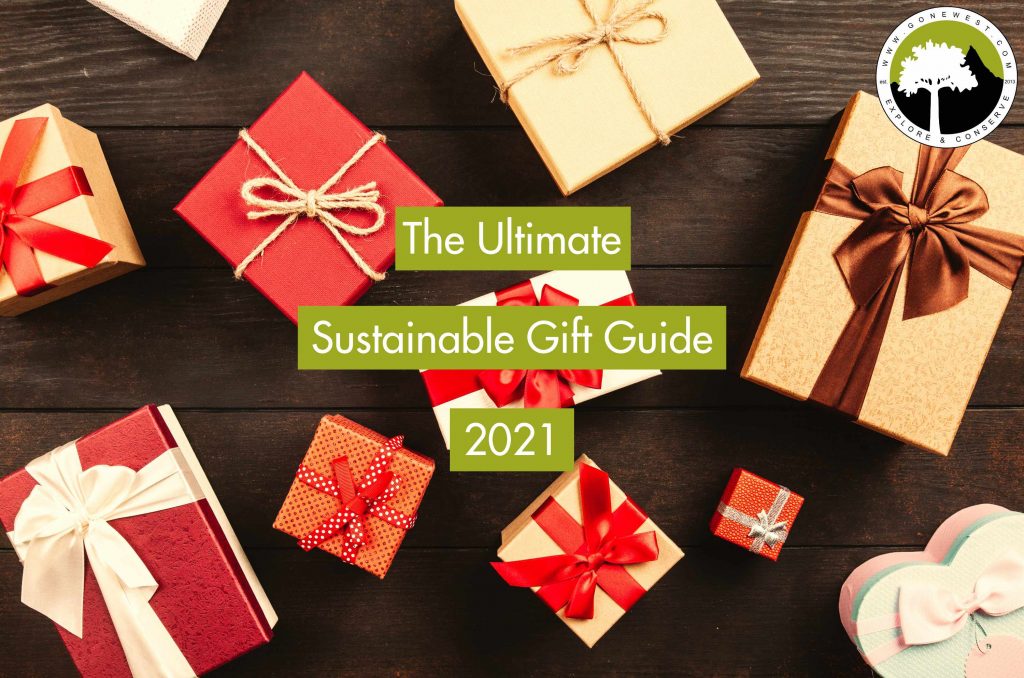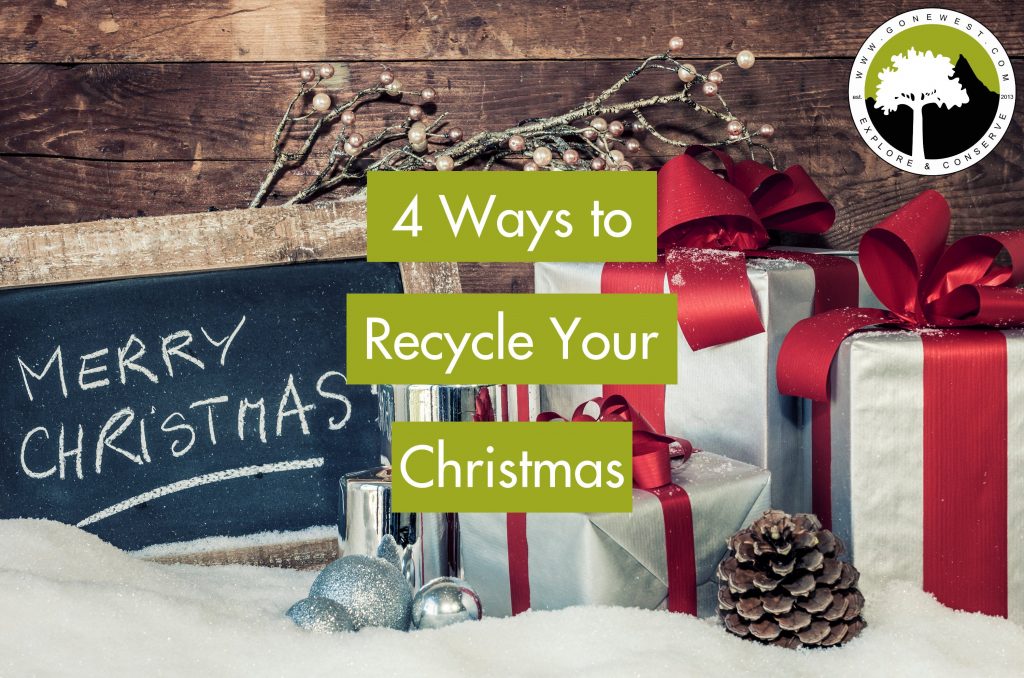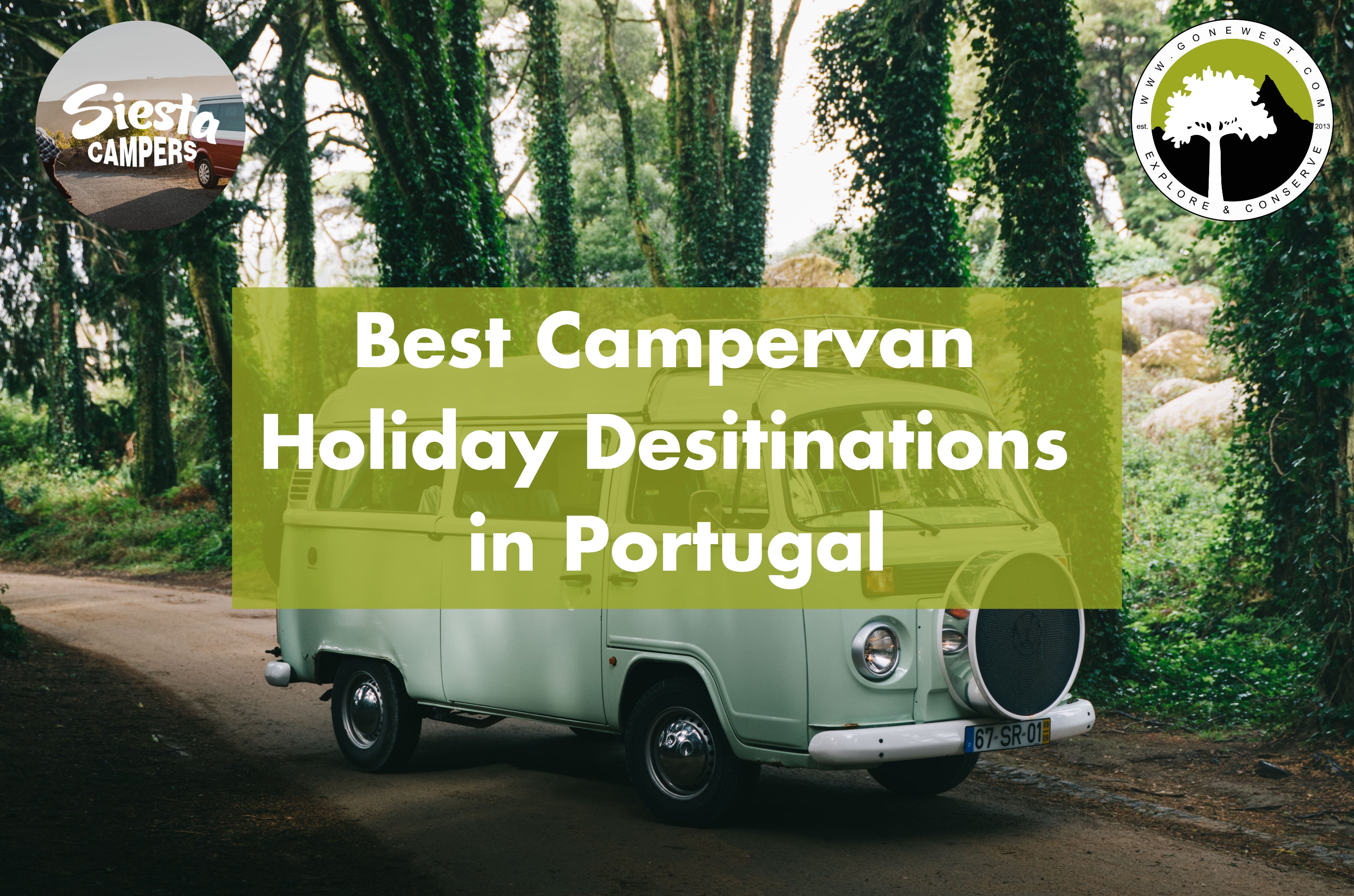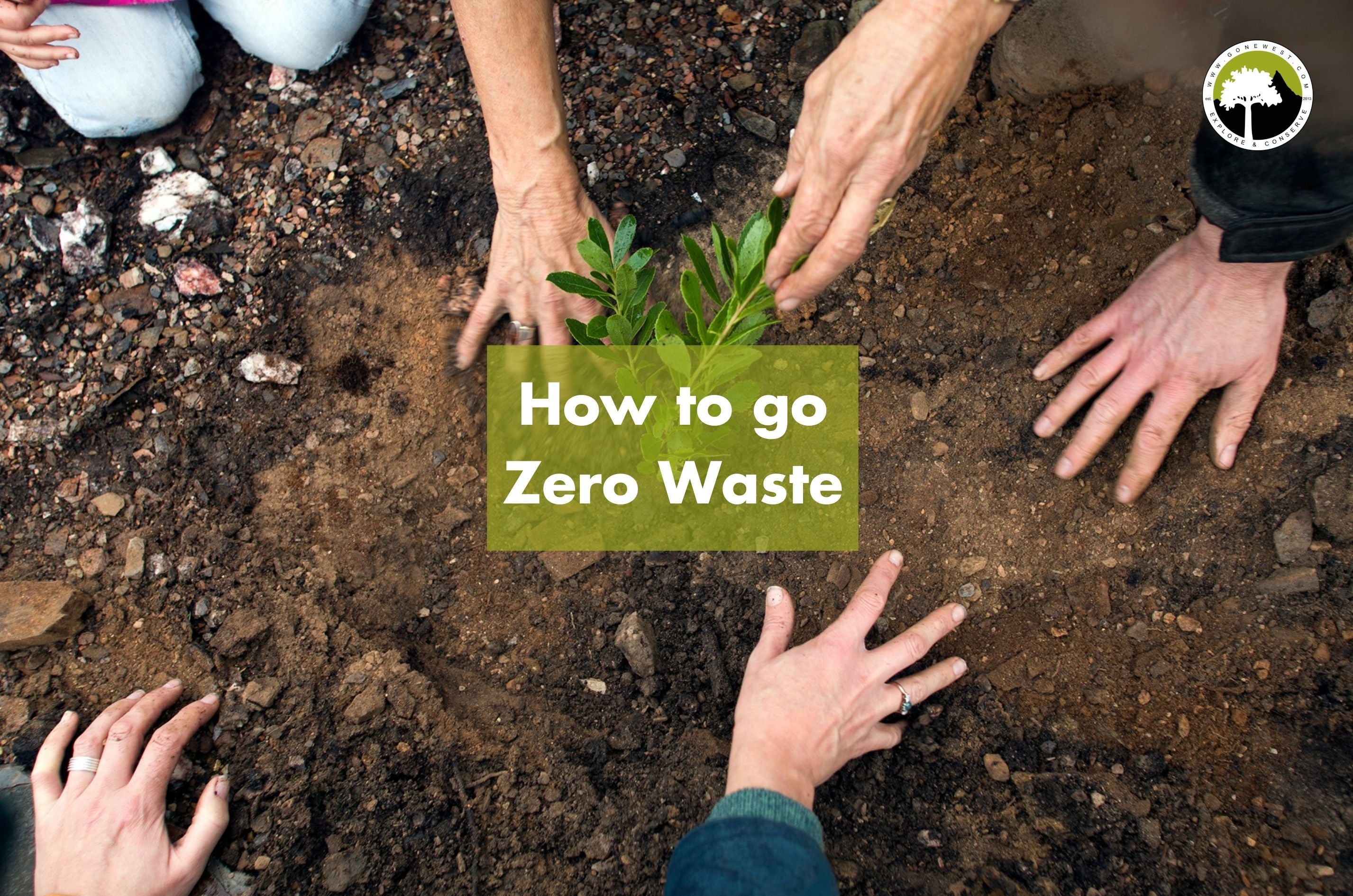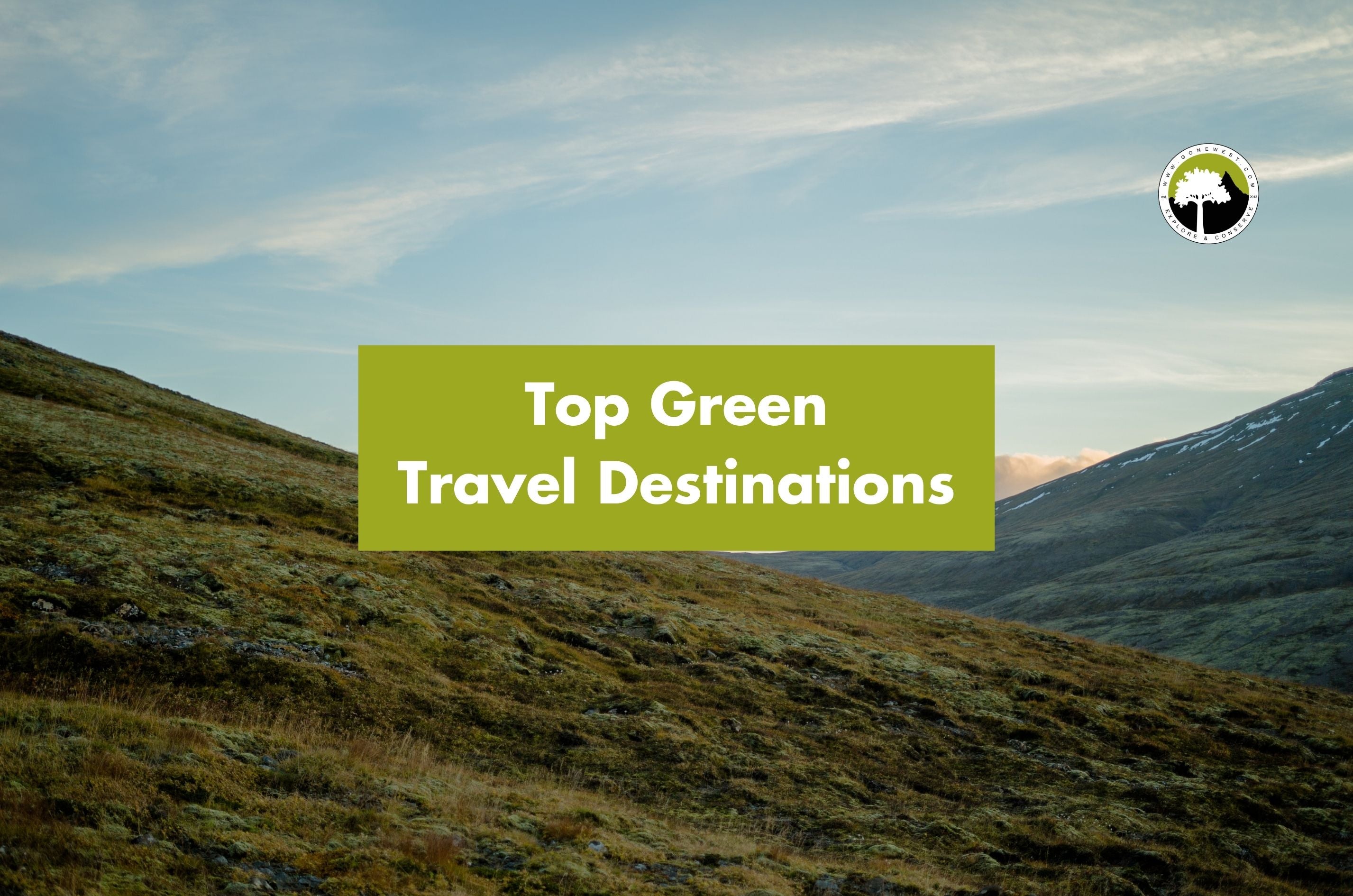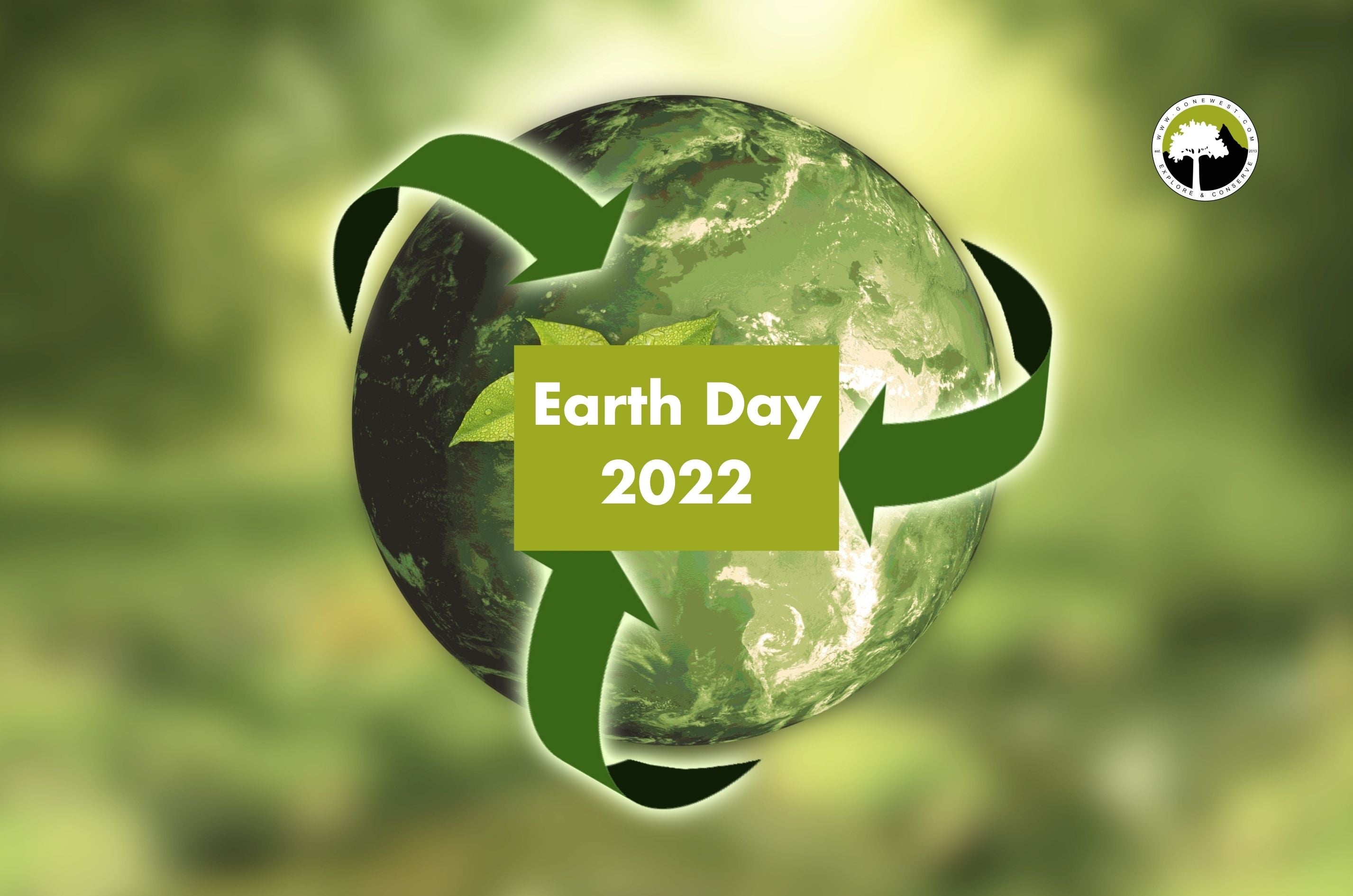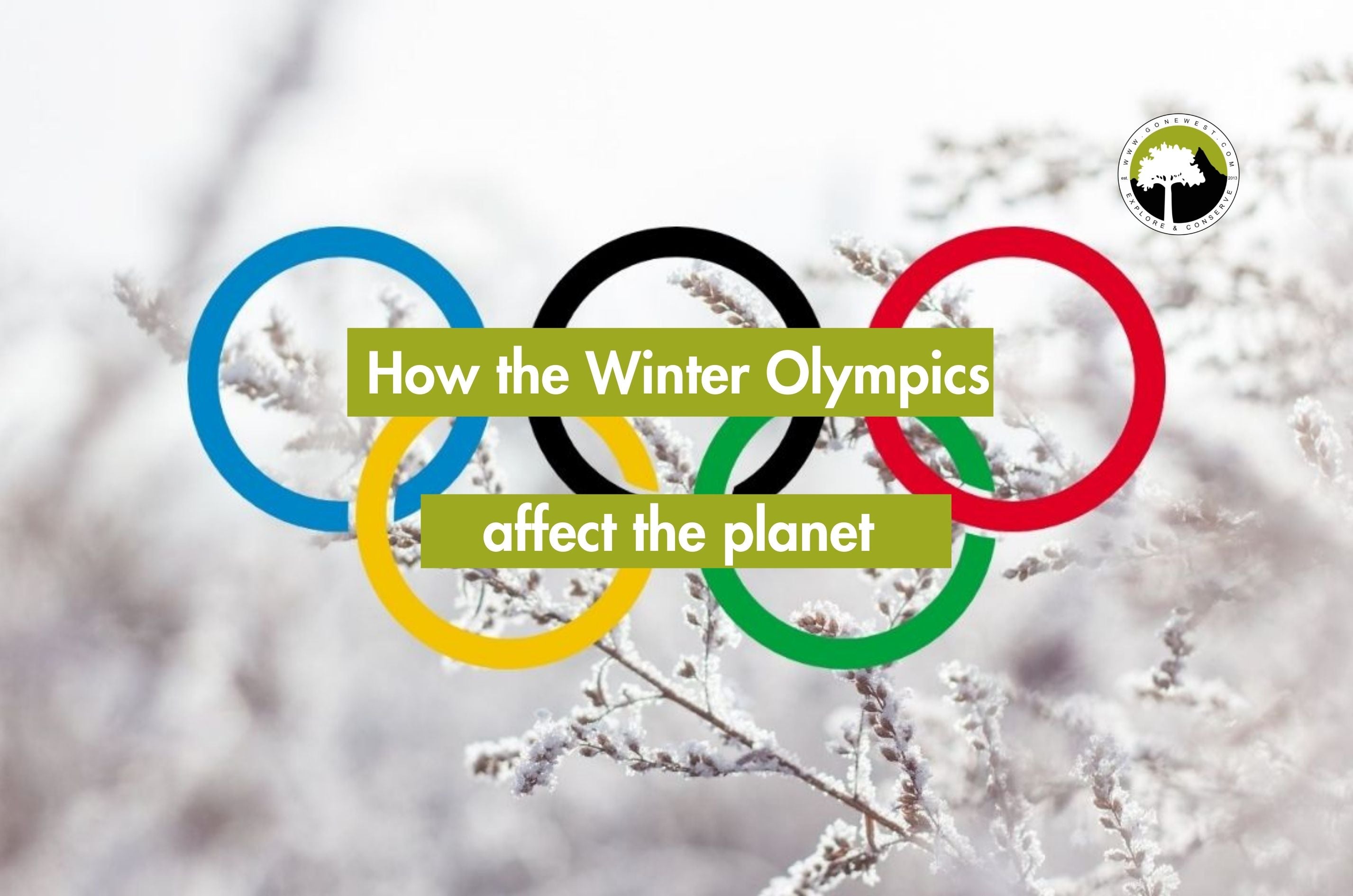Christmas is quickly approaching and everyone is getting ready for a visit from Santa Claus. Whether you leave cookies or mince pies, it’s an event none of us want to miss.
But what if we told you that his home is disappearing? How can Christmas cheer travel around the world when the man behind Christmas no longer has a home?
The magical story of Father Christmas and his worldwide mission to deliver presents every year is under threat. His home in the North Pole is getting increasingly unsafe, with ice caps melting due to a rise in ocean temperatures. If we don’t do something soon, the North Pole won’t exist and we won’t be able to tell future generations about a magical man who makes all of the presents with the help of his elves. How will they ever believe us when there is no such thing as the North Pole?
The story of St Nick
Tales of this mystical man in red came about hundreds of years ago where he was said to have been born in modern-day Turkey in 280 AD. He was said to be a monk who was admired for his kindness. St Nicholas travelled to help the poor and the sick and gave away all of his wealth. Over many years, he became known as the protector of children and was celebrated far and wide.
In the UK, Father Christmas was a symbol of Christmas, rather than a mythical being. Well, that was true until the 19th century. Before this, Sinterklaas was gaining traction in Europe. He was based on the original story of St Nicholas but was said to give gifts to children on 6th December – St Nicholas’ Day.
Credit: YouGov
The modern-day image of Santa Claus actually came about from stories told in America in 1809. These tales were about a man who was said to fly over New York in a wagon pulled by reindeer and delivered presents down chimneys. This was thought to be an idea created by New Yorkers to create a more family oriented idea of Christmas.
But how did he end up in the North Pole?
An American cartoonist named Thomas Nast submitted drawings to Harper’s Weekly magazine in 1863 featuring a village called Santaclausville, North Pole. This came about when the first Arctic expeditions began and the North Pole was largely unexplored. So, unsurprisingly, literature and art began being created about what, or who could be residing in the North Pole.
Ran out of gift ideas? Don’t worry! We’ve got your back! Check out our Sustainable Gift Ideas article for all the gift inspiration you need!
A look back at the North Pole’s history
The North Pole was discovered by an explorer called Robert Peary in 1909. It is a vast ocean covered by a thick sheet of ice surrounded by land masses like Russia, Greenland, and Iceland. The ice sheet can be as big as 5.8 million square miles in the winter and 2.7 million square miles in the summer and is about 6 feet thick.
However, since 1979 we have seen a rapid decline in sea ice coverage. In fact, we lose around 12.8% of the coverage every decade. The ice coverage has set records in the last 20 years, but this is no achievement. In 2012, the Arctic saw the lowest coverage on record, with only 2.2 million square miles of ice – over 3 million square miles lower than the average. Not only that, but the years in the top 5 for lowest coverage are all between now and 2007. This November alone saw the 10th lowest coverage on record for November.
Oh and if that wasn’t scary enough, ice that is over five years old (the oldest and thickest ice) has decreased by over 95% in the past 30 years.
Credit: NOAA
Make sure you’re not contributing to global warming this Christmas by checking out our 7 Tips for a More Sustainable Christmas blog.
What does this mean?
You’ve read all the facts and figures, but you’re probably wondering what that means for you, right? Surely it can’t be too bad? Yes, it’s not great, but it can’t affect us that much…can it?
Global temperature rise
The poles are essentially the world’s refrigerators. They keep the planet at a liveable temperature by reflecting the sun’s heat off of their surfaces. Less ice coverage means less surface area to reflect heat. Less heat reflection means a huge increase in global temperatures leading to extreme heatwaves and an increased risk in wildfires.
But, not only does it mean hotter summers, it also means colder winters. The rise in warm air destabilises the polar jet stream, pushing colder, harsher temperatures south. This creates brutal and bitter winters.
In the long run, this could lead to severe weather events becoming a regular occurrence. More wildfires taking lives and destroying homes. We’ll have heatwaves so hot that we are seeing frequent deaths related to the heat. We could be wearing masks more often to protect us from the air outside. Hotter air means an increase in ground-level ozone – essentially making the air quite unsafe to breathe.
Loss of wildlife
This is a pretty obvious one. The Arctic is home to 5500 different species of animals, so if the ice melts, they lose their home. The only way they would survive is if they adapt, but that would take thousands of years. We would lose animals like polar bears, arctic foxes, seals, walruses, and reindeers. Santa can’t deliver presents if Rudolph is dead.
Other than it being an incredibly sad thing to happen, it’s bad news for us. These animals are key to keeping our eco-systems in check. Polar bears are the top predators in the Arctic. Their hunting keeps everything in balance, including the fish supply in the Arctic. If we lose polar bears, we lose a lot of food. A lot of the UK’s fish comes from the Arctic, so without them, we’re going to start getting very hungry.
Credit: The Globe and Mai
Less food
Speaking of losing food, there’s plenty more where that came from. Extreme weather systems like polar vortexes and heatwaves make it virtually impossible to grow crops. This will massively impact the food industry and our economy. With our rapidly growing population there’s more demand for food. But if we keep going the direction we’re heading, we’re going to rapidly lose food supplies. There’s going to be too many people and not enough food and it’s going to be down to who can afford it and who can’t.
Loss of homes
If losing food, animals, and the ability to breathe well outside wasn’t enough, you could also lose your home too! When the Arctic ice melts, the sea levels rise. A rise in sea level threatens any coastal areas as well as any low lying land. Essentially, if you live anywhere that could be affected by a rise in sea level (about 10% of the world’s population), losing the Arctic means losing your home.
Pandemics
Can’t get enough of the COVID pandemic? Well, fear not! We could be facing global pandemics on the regular if the permafrost in the Arctic continues to melt. Permafrost is home to billions of species of bacteria, viruses, and dangerous microbes that we’ve never encountered before. If it melts, we could be in big trouble. Lockdown 5 anyone?
What can you do?
If you’re anything like us, you’re now probably quite concerned about losing the Arctic. But don’t worry, we’ve got some solutions.
Firstly, just be a little more mindful of what you consume. Try to opt for sustainable options rather than single use products. Instead of supporting corporations that pollute the planet on a daily basis, support local businesses or businesses that care about the planet.
Interested in finding small businesses that are also environmentally conscious? Read our Small Business Week article for a list of businesses worth supporting.
Instead of taking the car to work, try to take public transport or even just car share! This small change can have a big impact on the planet. The transport industry is one of the biggest global polluters and will therefore directly impact the rate of which the Arctic ice is melting.
Last of all, plant a tree! Trees are one of our greatest lines of defense against climate change. They are the superheroes of our world. They take all of the pollutants out of the air and turn it into oxygen. 4 trees can offset up to a tonne of carbon in their lifetime! So, what are you waiting for? Get planting!
Want to know more about climate change and how you can help? Read our Amazon Rainforest Day article for more information.
This Christmas, help keep the magic of Santa alive and look after his home. Think about the planet as well as your family, they both need each other equally as much.
In the end, the best thing you can do is be aware and to live consciously. This isn’t our world to exploit. We need to be mindful of the species we share it with and respect it, that way we can live a long and happy life without experiencing the effects of climate change.
Let’s look after the planet, not destroy it.
That’s all for now. I hope you have enjoyed reading our blog. Join the sustainable revolution to help save our natural world and our future by following us on Instagram and by subscribing to our monthly newsletter for updates.
Stay in the loop

